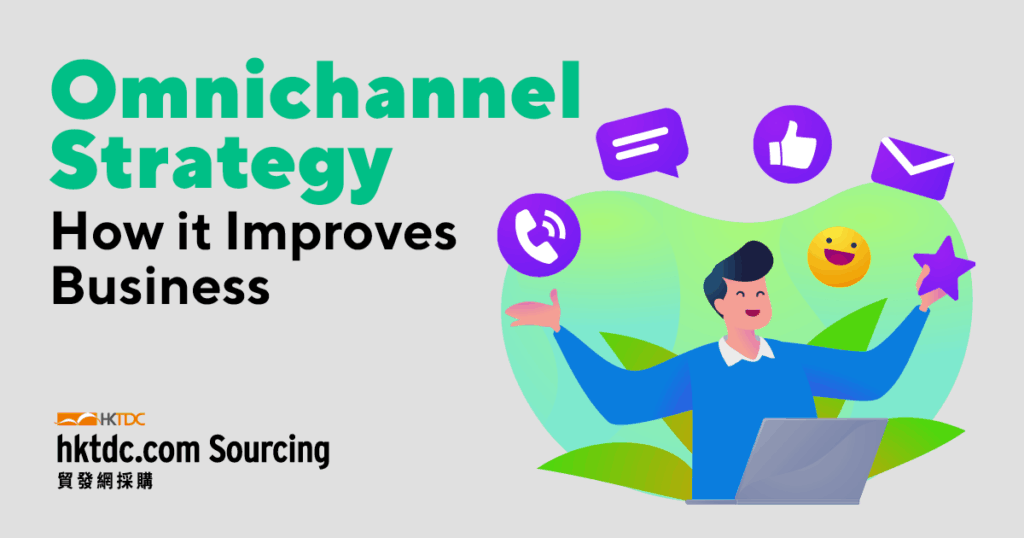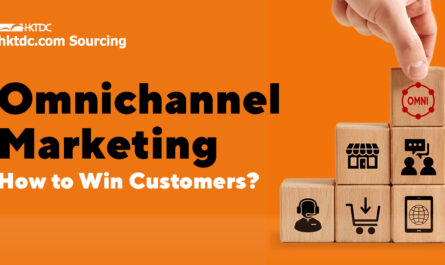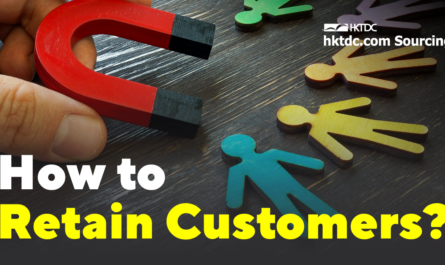Omnichannel marketing and multichannel marketing are great examples of terms whose definitions are becoming lost in the noise. Understanding the difference between the two will help you think about marketing in an entirely different way and, in doing so, help you deliver on the original promise of marketing.
What is Omnichannel Marketing?
Omnichannel marketing is a cross-channel content strategy used to improve the customer experience and drive better relationships across all possible channels and touchpoints. This includes traditional and digital channels, point-of-sale, and physical and online experiences.
Peel back the layers and at the core of omnichannel marketing you’ll find seamlessly integrated customer, product and sales data.
This seamless integration allows for the creation of holistic customer profiles. This gives marketers both better visibility as to how customers are engaging as they move from one channel to the next AND allows marketers to create unified (or integrated) shopping experiences.
Each channel works together to create a unified experience – customers can be shopping online from a desktop or mobile device, via phone, or in a brick-and-mortar store, and the experience will be seamless and consistent.
Learn More:
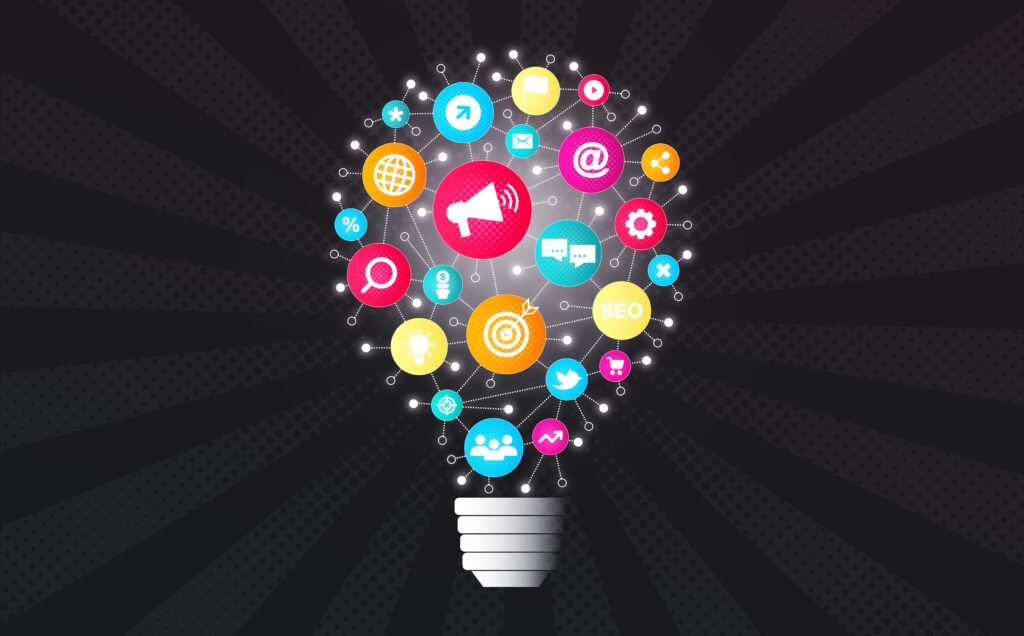
Examples of Omnichannel Marketing
Contrary to the disconnected, clunky experiences of multichannel marketing which typically consists of batch-and-blast promotional emails, paid ads on social media and flyers/coupons, here are some examples of the more effective omnichannel marketing practices:
- Sending personalized SMS notifications about an ongoing sale while a customer is shopping in-store, encouraging them to take advantage of exclusive offers at that location.
- Delivering retargeting ads to a customer for items they added to their cart via the mobile app but didn’t purchase, ensuring the message aligns across social media and other digital platforms.
- Triggering cart abandonment emails after a customer browses a website, adds a product to their online shopping cart, but leaves without completing the purchase. The same product is highlighted in a follow-up email, offering a personalized incentive to complete the transaction.
- Providing seamless in-store pick-up notifications after a customer places an online order, ensuring they receive updates via both email and app notifications for real-time updates and pick-up instructions.
- Offering loyalty rewards through an integrated program that works across all channels, where customers can check their points via the website, mobile app, or in-store and use them for future purchases anywhere they shop.
Omnichannel vs. Multichannel: 5 Key Differences
Multi- and omnichannel are unique approaches to marketing, with a number of key differences. Before you settle on which is right for you, it’s important to understand what they are.
Refer to the following table for a detailed comparison:
| Multichannel Marketing | Omnichannel Marketing | |
1. Channel vs. customer | Focuses on utilizing multiple channels to reach customers, prioritizing the distribution of messages across various platforms. | Prioritizes understanding and serving the customer, ensuring a seamless experience across all channels by integrating them to provide a cohesive journey tailored to individual preferences and behaviors. |
2. Reach vs. consistency | Strives for reach across different channels but may lack engagement and consistency in messaging as interactions are often siloed. | Emphasizes reach, consistency and engagement by delivering personalized and relevant content across all channels, fostering deeper engagement with customers. |
3. Effort vs. effortless | Requires effort to manage and coordinate separate, disconnected campaigns across multiple channels, potentially leading to disjointed customer experiences and higher operational complexity. | Aims for an effortless customer experience by seamlessly integrating channels, allowing for automated processes and unified customer data to deliver personalized interactions without added friction or inconvenience. |
4. Reactive vs. proactive | Often focuses on reactive, manual interactions with customers, such as sending batch-and-blast email campaigns, without considering the broader customer journey. | Takes a proactive approach, leveraging data and automation to anticipate customer needs and target them with the right content, on the right channels, at the right time. This enables personalized, timely engagement throughout the entire customer lifecycle. |
5. Transactional vs. relational | Tends to focus on transactional interactions aimed at driving immediate sales or conversions, with less emphasis on building long-term relationships. | Places a greater emphasis on building and nurturing long-term relationships with customers by delivering consistent, personalized experiences across all touchpoints, leading to increased loyalty and lifetime value. |
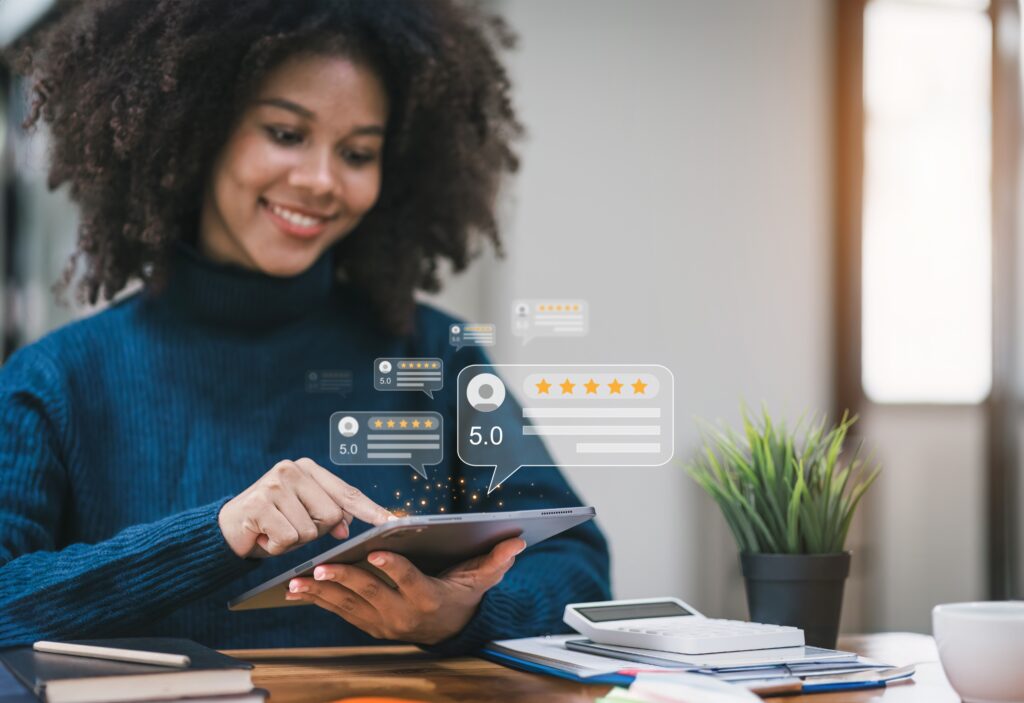
When to Use Omnichannel Marketing
To deploy omnichannel marketing for maximizing your marketing efforts and delivering on business outcomes, apply it in the following situations:
- Customer-obsessed brands: Does your brand focus heavily on customer experience, engagement and satisfaction? Omnichannel marketing is essential. Omnichannel marketing ensures that every engagement is tailored to each customer’s unique preferences.
- Enhancing the customer journey: Is improving the end-to-end customer journey a priority for you? If so, look no further than omnichannel marketing. By integrating your data and channels, omnichannel marketing helps you deliver consistent, cohesive experiences that guide customers from discovery and purchase to retention and loyalty.
- Data-driven personalization: Keen to leverage your data and take your customer engagement to the next level? Omnichannel marketing platforms can help you integrate your customer, sales and product data, giving you the single customer view you need to provide targeted, 1:1 personalized marketing.
- Connecting in-store and online experiences: Operate both bricks and mortar and online storefronts? Omnichannel marketing can connect these two channels into a seamless journey, allowing in-store customers to continue their experience online, and vice-versa.
Maximize Your Business Advantages with hktdc.com Sourcing
Choosing a trusted e-commerce platform like hktdc.com Sourcing, together with a well-designed omnichannel strategy, can optimize your product promotions effectively.
Kickstart your online sourcing journey with our e-Marketplace Introductory Package at as low as US$1.4 per day for showcasing your products to global buyers today!
This article is originally published by Emarsys:
Emarsys, an SAP company, is the omnichannel customer engagement platform that empowers marketers to build, launch, and scale personalized, cross-channel campaigns that drive business outcomes. We partner with more than 1,500 companies from global enterprises to fast-moving mid-market brands across industries.



